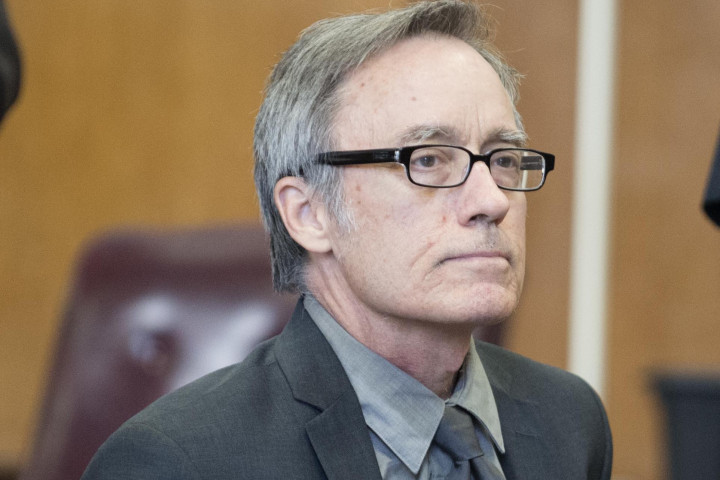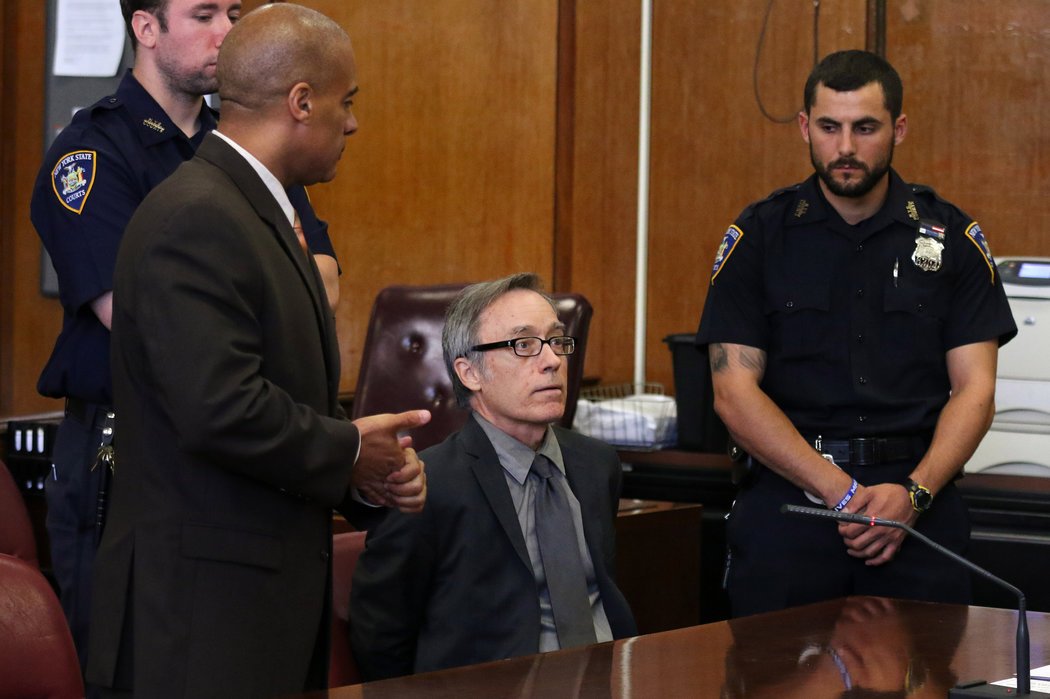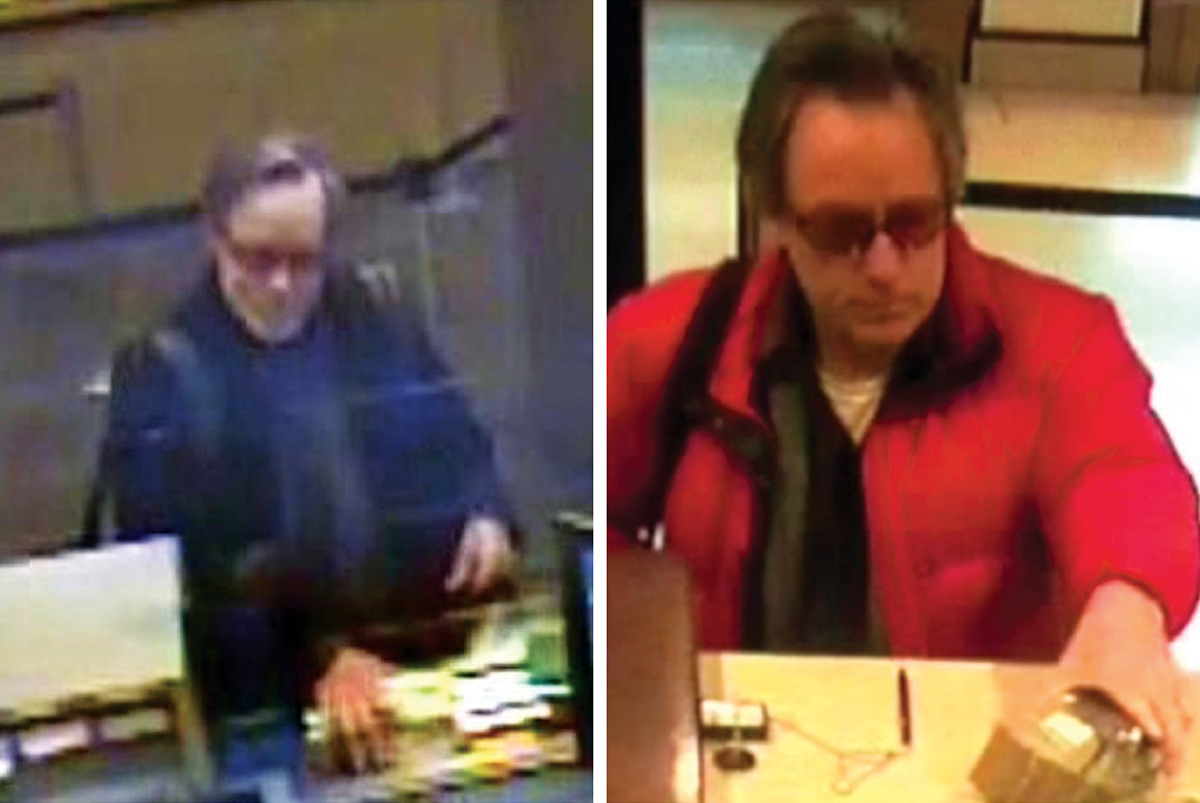
The act of stealing is a crime a crime that can span across a number of aspects of our lives. Stealing can be something as typical as taking an object from someone else, a robbery, breaking into a bank and taking the money there, or it can even be the stealing of an idea or an answer. The crime can have a number of results; gaining the stolen goods at no cost, getting away free, or being caught and facing fines, probation, arrest or even long term incarceration. It seems pretty clear to me that our society frowns upon any form of stealing, that is universally understood to be wrong and unacceptable.
But does this way of thought change when it comes to art forms? This is a grey area that remains to be fully understood. Further than that, where is the line that decides how far an artist can push the law until they are considered to have taken truly criminal action? While I would have thought that art would have been sort of, exempted in some ways from causing persecution, I realize that this may in fact be the opposite of true.
Picasso once said something about how great artists steal; would this include former MIT lecturer and avant-garde filmmaker Joseph Gibbons? Just this June, Gibbons plead guilty to burglary after robbing a Capitol One bank in Manhattan and filming it for a future project. His argument was that this was done for an artwork, as research for a future film of his. No matter his reasoning, the judge declared that it was a crime, regardless of the intentions behind it.
Perhaps some of the reason the judge did not decided in Gibbon’s favor is because Gibbon’s didn’t half ass this artistic robbery of his. In fact, he made of with over $1,000 after handing the teller a note announcing that he was going to be committing the robbery, “small bill only.” Nor did he half as his heist that happened in Rhode Island the November before, where he made of with about $3,000 after handing a note to the teller that said the crime was to raise money for a church. In both situations he committed the crime without any witness realizing that it was, as he says, for a film and for Gibbon’s art.
His artistic aesthetic is not the kind that can be taken and bought in its authentic form. What Gibbon’s is selling is merely the documentation of his crimes. All the same, this has not stopped him from receiving accolades such as the Guggenheim fellowship or showing his works at the Whitney Biennial.
This performance art blurs the line of what is okay and what is wrong, what is real and what is not, all done with the intent of creating a type of art that draws in the audience and adds a sort of shock value. Gibbons crosses into that grey area of art when he uses his own life as fodder for the creation of his art and films. He lives in a sort of space between myth and the truth as he does outrageous things in the name of his work. His film that won him his previous accolades was entitled, “Confessions of a Sociopath,” and dramatized Gibbons self-destructive behavior in various ways, even showing instances of substance abuse. Gibbon’s lawyer has stated that a large part of Gibbon’s work is making sure that the lines between what is real and what is not is so blurred that the viewer can never be sure.
Gibbons performance art was in fact a crime, but all the same remains an interesting piece of performance art, I would even call it a relational art- given that Gibbons actions caused audience members, like the police and the bank teller, to interact with him and become key pieces in an artwork that they didn’t even realize was happening.
This cult artist does blur the lines between fact and fiction, and his art is intense, forcing viewers to experience discomfort and see the dramatizations of his actions in a way that is meant to make them question what is happening. But would this robbery be an example of an action and a performance art that transcends laws? Obviously the judge presiding over Gibbon’s case did not think so, but in his work, Gibbons behavior and documentation explores boundaries and situations that would never be seen otherwise. Does this make his art worthy? Does this artwork truly push the line in a way that should exempt him? Is it so great that it should make him untouchable? Or is his art just an excuse to commit a crime?
The act of stealing, the act of burglary is a crime that cannot be excused, as Joseph Gibbons well knows now. Picasso said that great artists steal- but was this what he meant? Was Gibbons work true art, or was it just an aesthetic act of a wacky MIT professor that now has him locked away? No matter what we think, for now Gibbon’s artistic lawbreaking is just the thing that has him locked in a prison cell.







